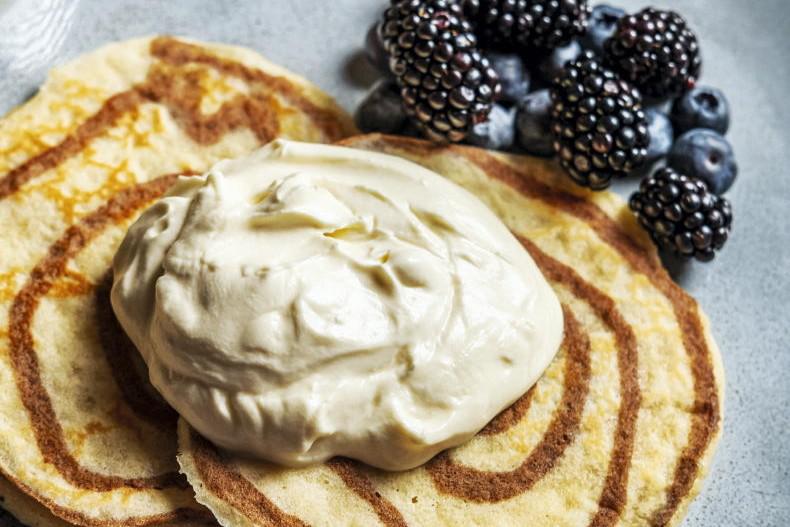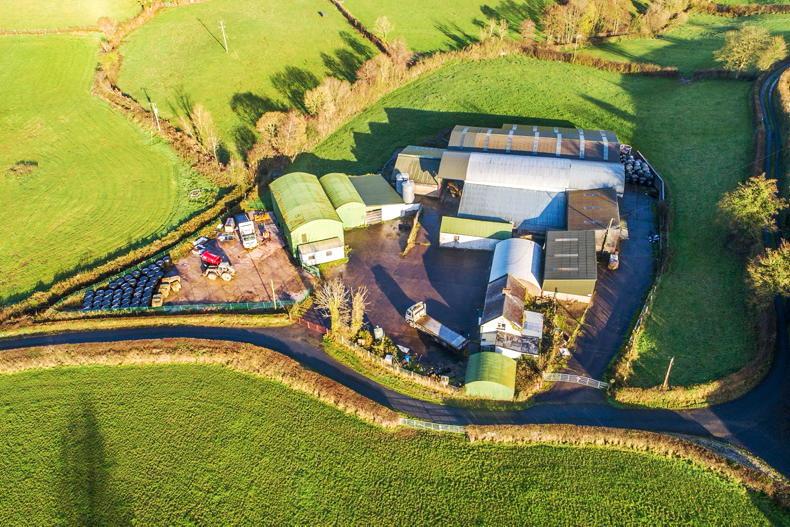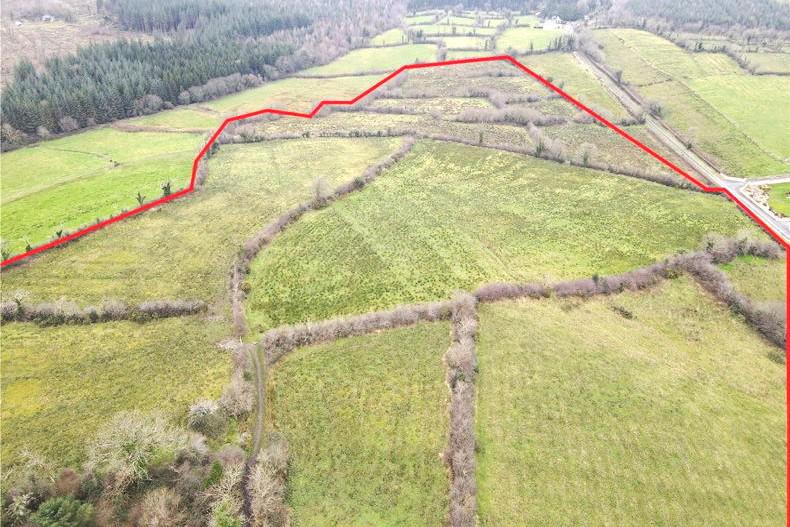I came out the dairy door. My garden wheelbarrow was in the middle of the yard by the roundabout. It was a stupid place to leave it – I had been on my way to the calf shed with it.
However, the familiar determined muffled roar of a cow calving had stopped me in my tracks. I had dropped the wheelbarrow and changed direction. I went out through the dairy and down the stairs to the calving shed. A heifer had just calved and was licking furiously while lowing anxiously to her newborn.
Nearby, I noticed another cow in what looked like the early stages of calving. The familiar blister looked strange. It had a few cotyledons on it. I realised the afterbirth was coming first, which was not good news for the calf. I rang Tim who was having his breakfast in the house. I could visualise him covering his toasted cheese sandwich, throwing back his cup of tea and probably swearing to himself about the cow’s unfortunate timing. During the calving season, meal times are often cut short.
Experience counts
I readied the gates and we brought the cow to the cattle crush. Tim put on a long glove and began the exploratory process to see what was happening with the cow. We take it for granted when there is a normal birth, when the calf presents with two front legs and the nose neatly on top. There was no sign of legs or a nose this time.
Tim was armpit deep in the cow and she was pushing against him with all her might as was her natural instinct to shove out the calf. He said: “The legs are down.”
I’ve learned over the years not to speak during these tense moments. The man is stressed enough. I looked around. Tim would need the calving jack. I could see no sign of it. It is usually in the corner of the shed.
“I can’t see the jack,” I said. Then Tim spotted it hanging tidily up on the wall. That would have been done by Colm. It was covered in cobwebs, indicating that this was the first time it was pressed into use this year after over 150 calvings. That is testament to easy calving bulls and a good breeding plan.
Tim was armpit deep in the cow and she was pushing against him with all her might as was her natural instinct to shove out the calf
No dairy farmer wants the cows to have difficult calvings. It makes for hard work for the farmer and stresses the calf. It can also injure the cow leading her to retain the afterbirth and possibly have difficulty going in calf again. She also needs to be in top form for her lactation ahead.
Tim asked for a piece of twine. I’d seen him do this once or twice before over the years. He has a wealth of experience calving cows. I knew it meant that the head was also back before he said it. There were bales of straw nearby and I handed him a length of twine. He made a running knot with ease. He put this around the lower jaw of the calf. He handed the doubled twine to me to keep taut.
Over the years we’ve calved a lot of cows together. Instinctively, I know what to do. In the last 10 years or so, we rarely have to help a cow. Most calve easily and unassisted. On this occasion, the outcome was not good. The bull calf was dead.
I felt hollow as you do when an animal dies. That’s what makes us good farmers. The cow had been calving too long and we hadn’t noticed that she was in trouble.
Be proud of what we do
We do all in our power to make sure that the cows calve easily. We make sure they have appropriate quality silage and pre-calving minerals and a nice dry bed.
Occasionally, there are losses. That is a reality when you are working with animals. In this situation, the cow was fine once she was assisted. If that cow was in the wild and left to her own devices without the help of a caring farmer, she would have died calving.
Animal welfare is a priority for us and when we can’t help our cows, we call the vet. We should be proud of what we do and how we look after the animals in our care.
Read more
Meet the Maker: Janni Sjostrand
Irish Cancer Society calls for public support this Daffodil Day
I came out the dairy door. My garden wheelbarrow was in the middle of the yard by the roundabout. It was a stupid place to leave it – I had been on my way to the calf shed with it.
However, the familiar determined muffled roar of a cow calving had stopped me in my tracks. I had dropped the wheelbarrow and changed direction. I went out through the dairy and down the stairs to the calving shed. A heifer had just calved and was licking furiously while lowing anxiously to her newborn.
Nearby, I noticed another cow in what looked like the early stages of calving. The familiar blister looked strange. It had a few cotyledons on it. I realised the afterbirth was coming first, which was not good news for the calf. I rang Tim who was having his breakfast in the house. I could visualise him covering his toasted cheese sandwich, throwing back his cup of tea and probably swearing to himself about the cow’s unfortunate timing. During the calving season, meal times are often cut short.
Experience counts
I readied the gates and we brought the cow to the cattle crush. Tim put on a long glove and began the exploratory process to see what was happening with the cow. We take it for granted when there is a normal birth, when the calf presents with two front legs and the nose neatly on top. There was no sign of legs or a nose this time.
Tim was armpit deep in the cow and she was pushing against him with all her might as was her natural instinct to shove out the calf. He said: “The legs are down.”
I’ve learned over the years not to speak during these tense moments. The man is stressed enough. I looked around. Tim would need the calving jack. I could see no sign of it. It is usually in the corner of the shed.
“I can’t see the jack,” I said. Then Tim spotted it hanging tidily up on the wall. That would have been done by Colm. It was covered in cobwebs, indicating that this was the first time it was pressed into use this year after over 150 calvings. That is testament to easy calving bulls and a good breeding plan.
Tim was armpit deep in the cow and she was pushing against him with all her might as was her natural instinct to shove out the calf
No dairy farmer wants the cows to have difficult calvings. It makes for hard work for the farmer and stresses the calf. It can also injure the cow leading her to retain the afterbirth and possibly have difficulty going in calf again. She also needs to be in top form for her lactation ahead.
Tim asked for a piece of twine. I’d seen him do this once or twice before over the years. He has a wealth of experience calving cows. I knew it meant that the head was also back before he said it. There were bales of straw nearby and I handed him a length of twine. He made a running knot with ease. He put this around the lower jaw of the calf. He handed the doubled twine to me to keep taut.
Over the years we’ve calved a lot of cows together. Instinctively, I know what to do. In the last 10 years or so, we rarely have to help a cow. Most calve easily and unassisted. On this occasion, the outcome was not good. The bull calf was dead.
I felt hollow as you do when an animal dies. That’s what makes us good farmers. The cow had been calving too long and we hadn’t noticed that she was in trouble.
Be proud of what we do
We do all in our power to make sure that the cows calve easily. We make sure they have appropriate quality silage and pre-calving minerals and a nice dry bed.
Occasionally, there are losses. That is a reality when you are working with animals. In this situation, the cow was fine once she was assisted. If that cow was in the wild and left to her own devices without the help of a caring farmer, she would have died calving.
Animal welfare is a priority for us and when we can’t help our cows, we call the vet. We should be proud of what we do and how we look after the animals in our care.
Read more
Meet the Maker: Janni Sjostrand
Irish Cancer Society calls for public support this Daffodil Day









SHARING OPTIONS